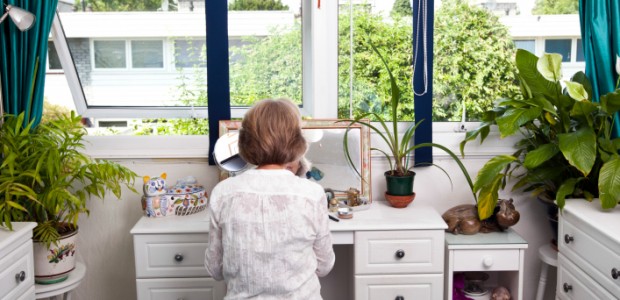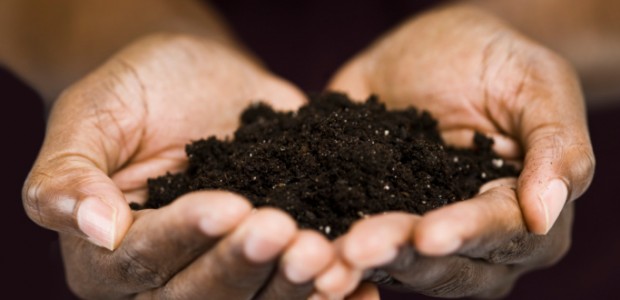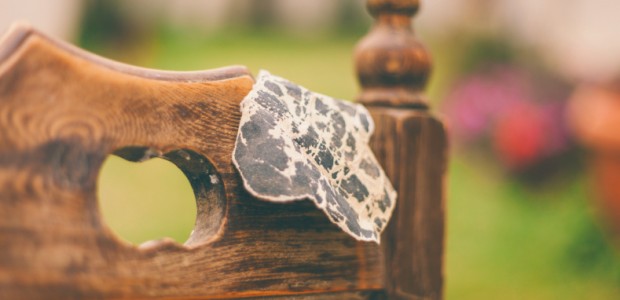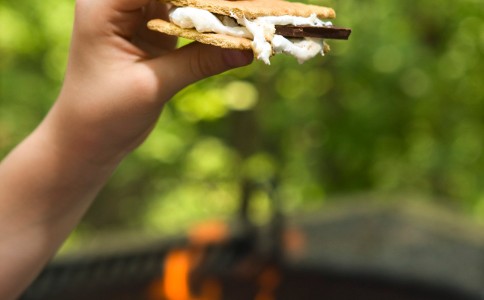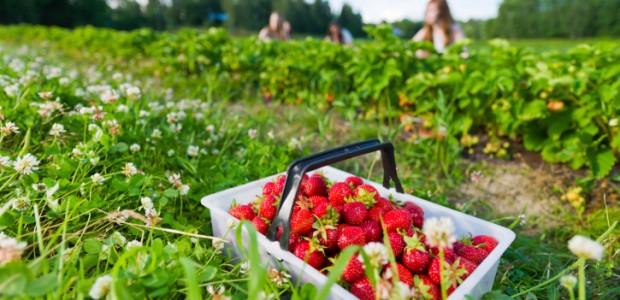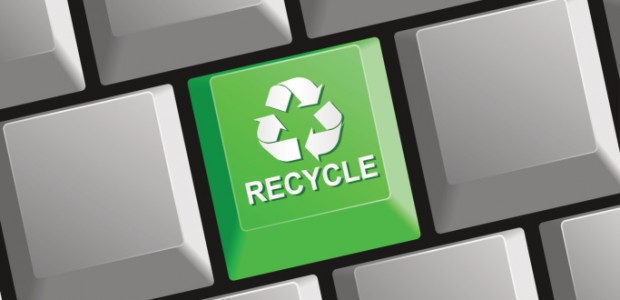Putting your home together in an eco-friendly way is not that hard if you know what type of products and aesthetic you’re looking for. When decorating, think about how you want to minimize your footprint and create a space that is environmentally-conscious. Integrating recycled materials and other items can make a tremendous difference in your décor. If you’re really creative, you can have a charming and classy space without spending a lot of money. Here are a few tips:
- Make it You
Take the time to think about what brings you joy. Do you love greenery? Do your spaces all simulate an outdoor environment? You can achieve this by having a variety of plants and eco-friendly furnishings throughout your home. You can find eco-friendly sheets and bedding in organic fibers, or use them for your curtains or furniture covers. There are a lot of green furniture products on the market that serve many purposes. From your chairs and sofas, to your table and bathroom fixtures, there are products that will accommodate your needs in all natural woods and other materials.
- Paint Makes a Difference
Everyone knows that changing the paint color in a room works wonders. To stay eco-friendly, use paints that are low VOC or zero VOC. You can also find these in beautiful finishes to upgrade your furniture for an entirely different look.
- Recycle Your Glass
One of the quickest ways to spruce up your décor and stay eco-friendly is by repurposing your glass jars or vases. If you’re into pretty colored glass, this is a beautiful way to add a creative display. If you’re really into decorating, use some of that low VOC paint to paint some of your jars or glass containers for a beautiful finish.
- Bring the Outside In
Incorporate elements of nature into your décor by using seashells, pine cones that you can paint, pieces of wood or other natural materials arranged in collections or large pieces that serve as focal points. Take a minute to survey your current décor and decide how you want to change or enhance your space and take it from there.
If you decide to get rid of some of your existing pieces, donate them to charity or an organization that can use the pieces. This makes a conscious efforts to beautifying someone else’s home and makes a positive contribution to preserving the environment.
